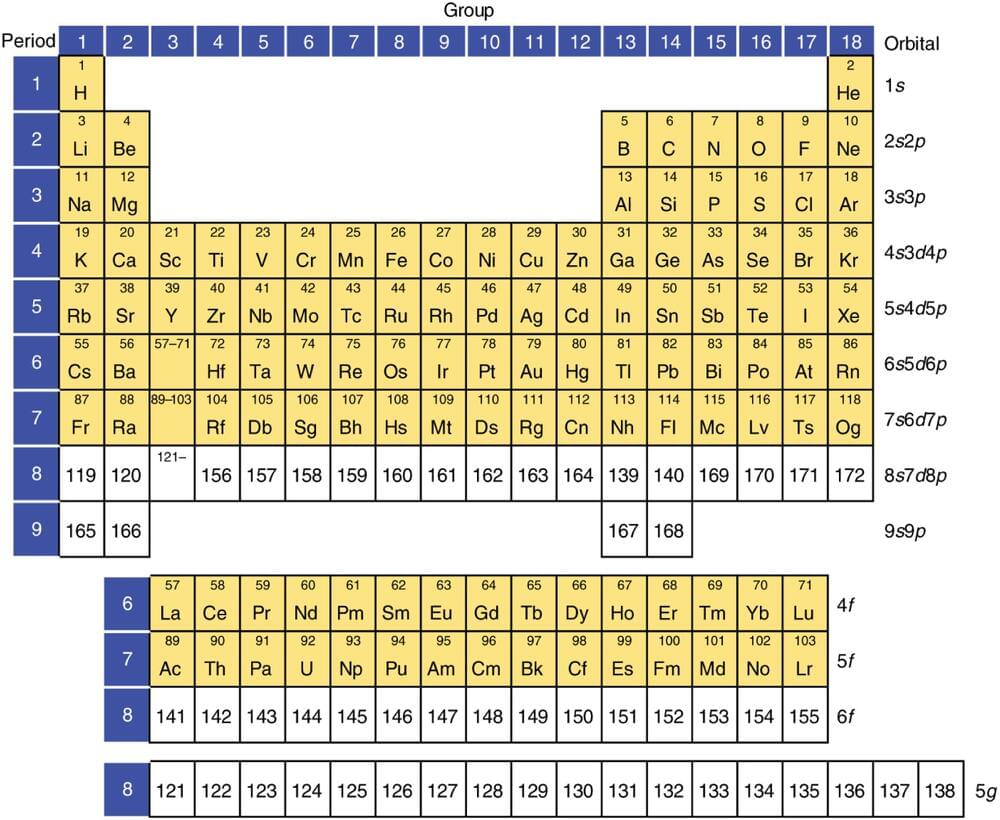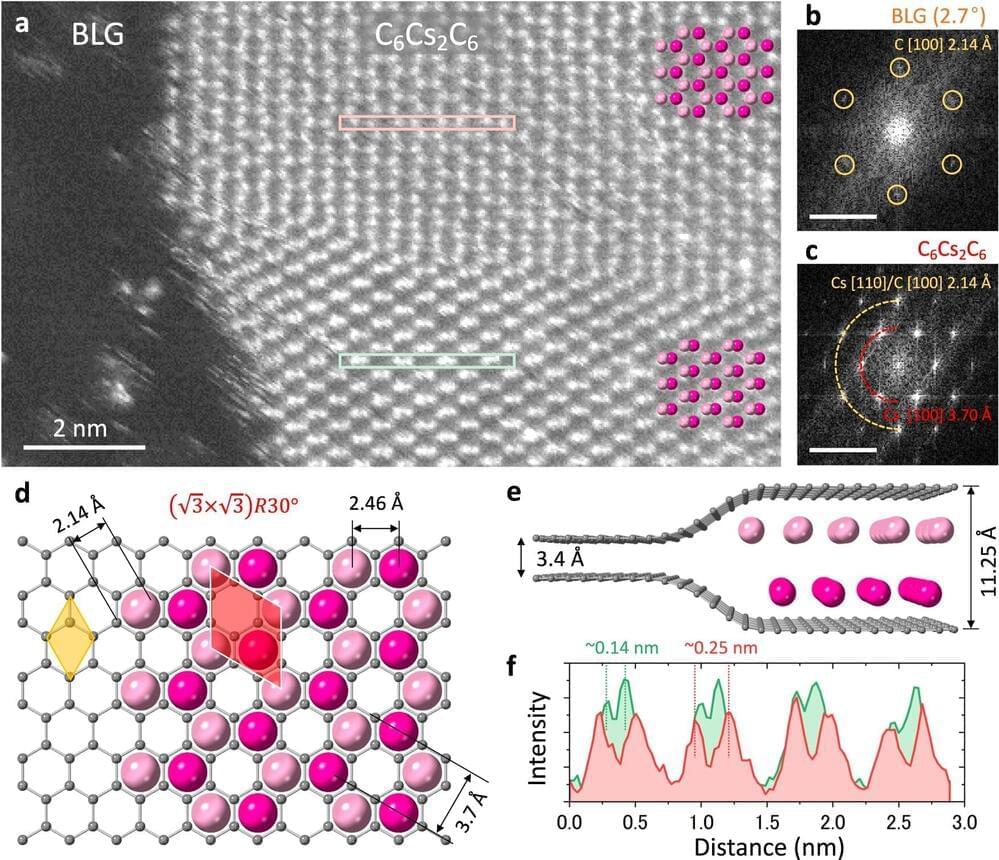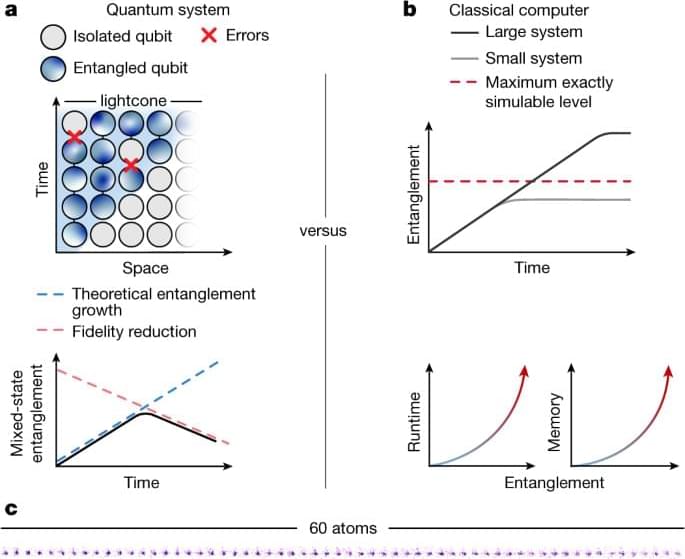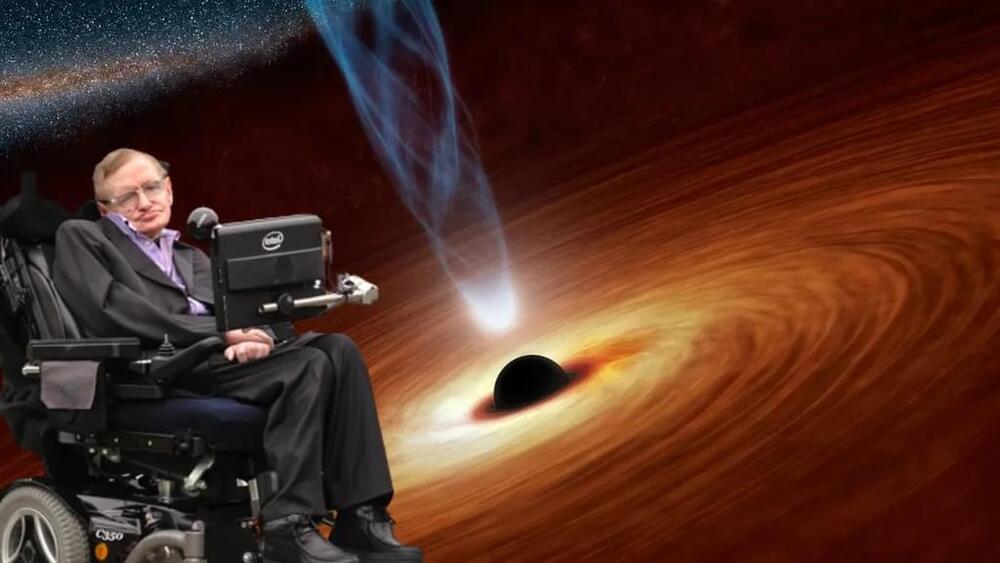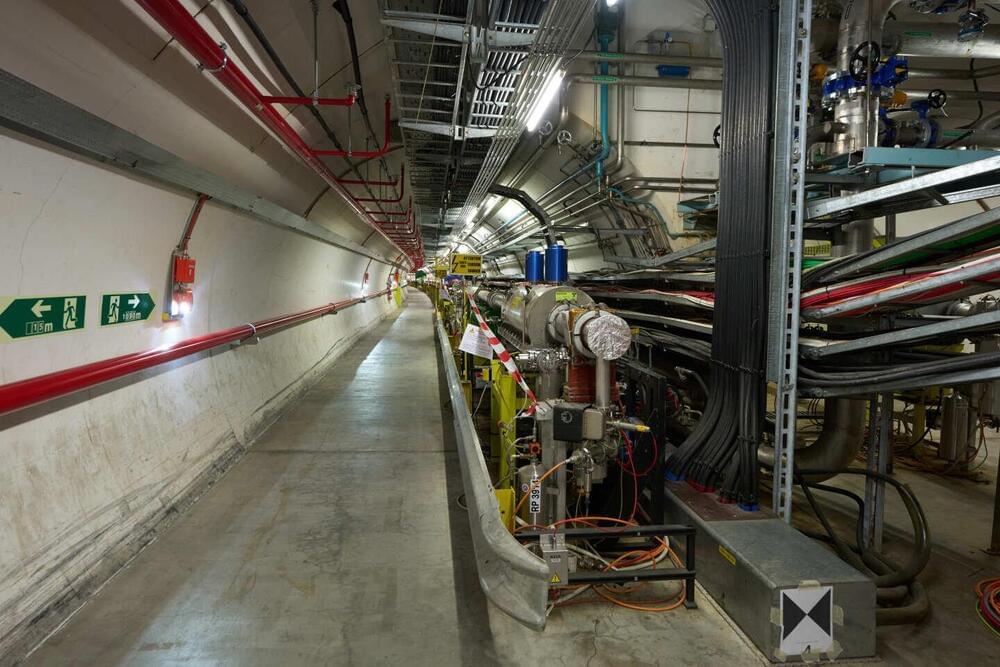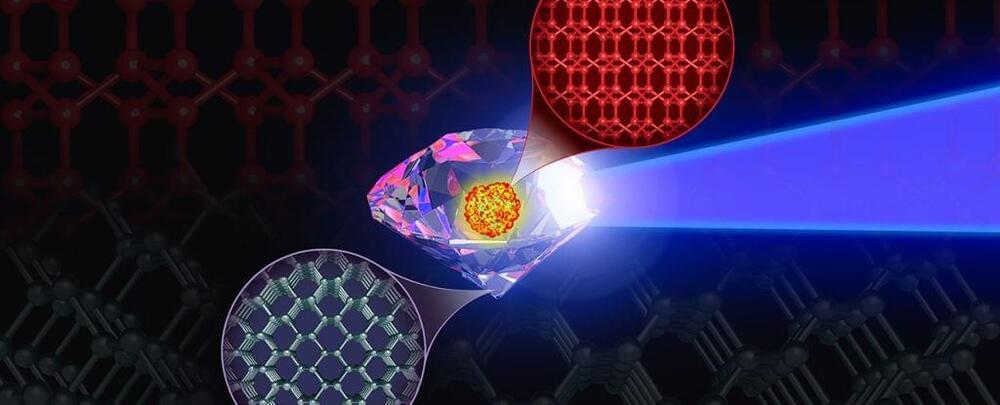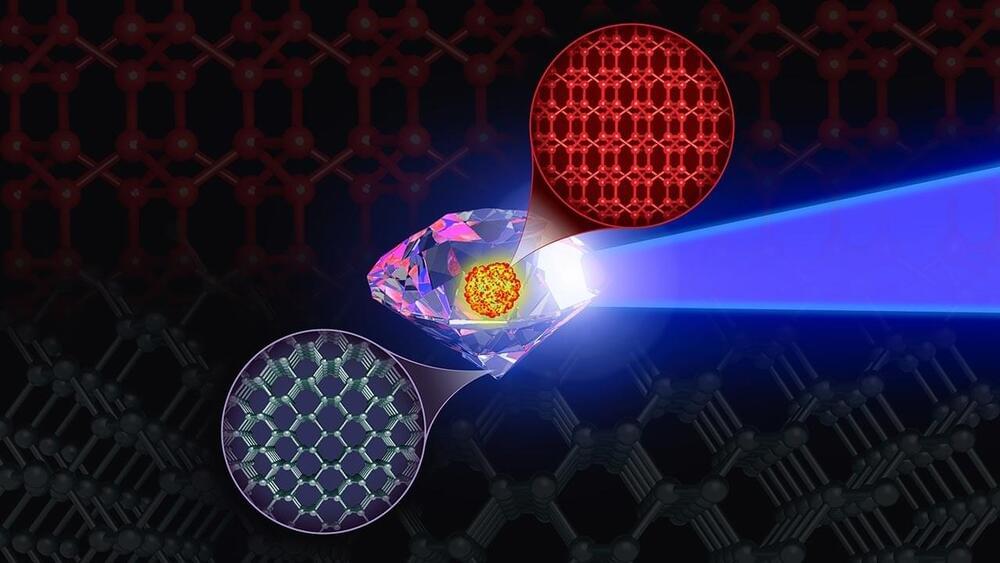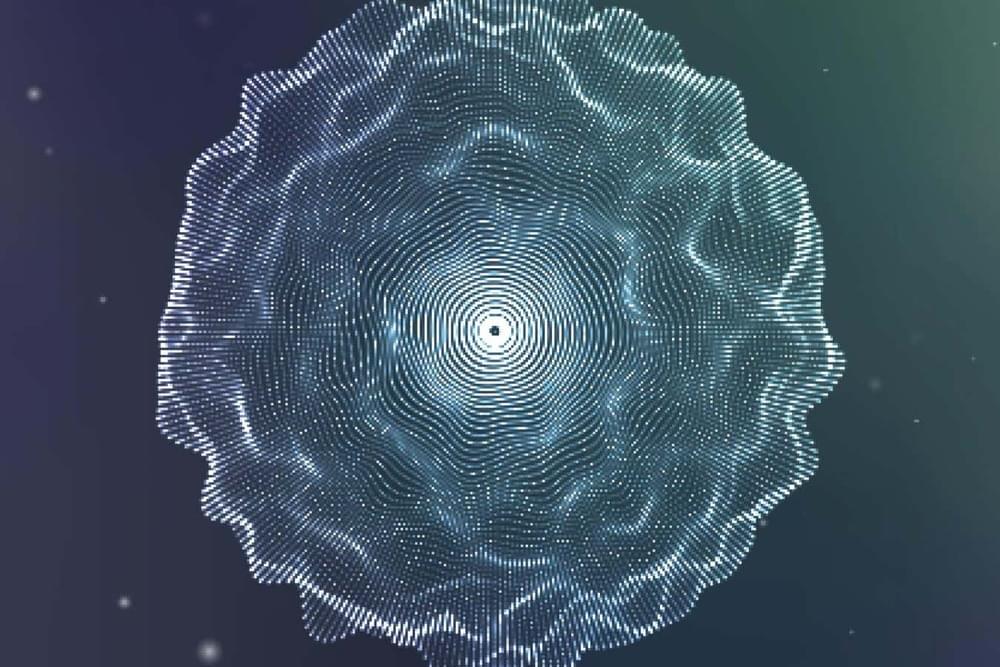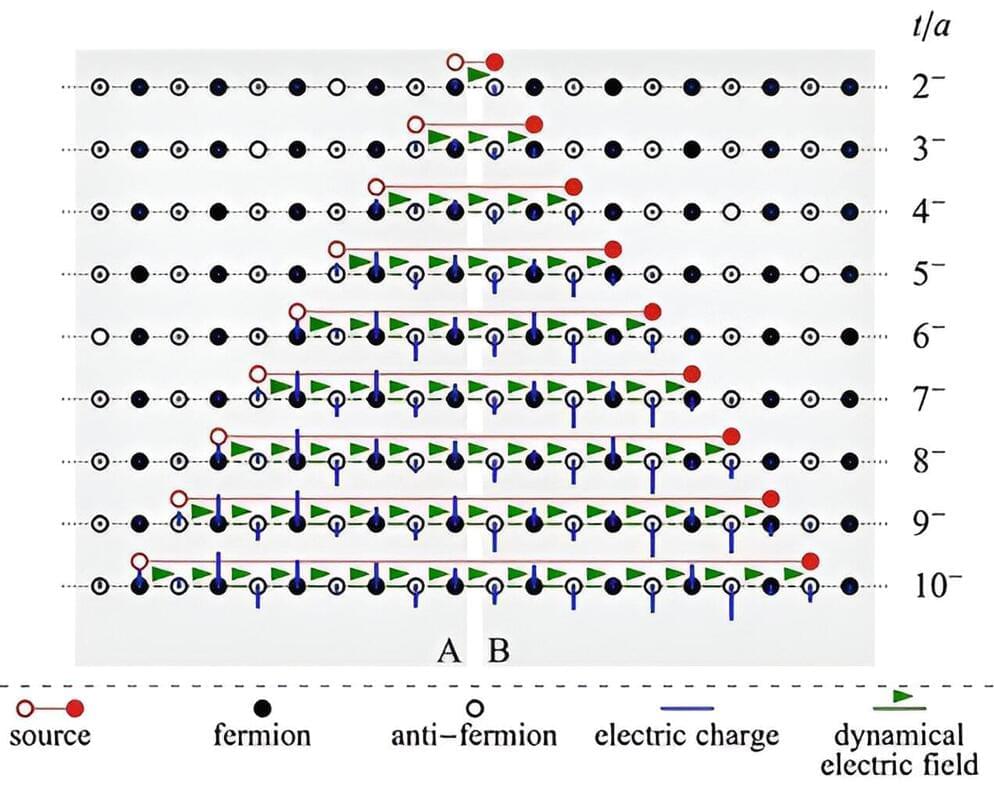Scientists from Massey University in New Zealand, the University of Mainz in Germany, Sorbonne University in France, and the Facility for Rare Isotope Beams (FRIB) discuss the limit of the periodic table and revising the concept of the “island of stability” with recent advances in superheavy element research. Their work first appeared in Nature Reviews Physics.
In addition to the Nature Reviews Physics, Physics Reports has published a review on the atomic electronic structure theory for superheavy elements.
What is the heaviest bound nucleus and the heaviest bound atom and what are their properties? The nuclei of chemical elements with more than 103 protons are labeled as “superheavy.” They are part of a vast unknown territory of these nuclei that scientists are trying to uncover. Exploring this uncharted territory provides prospects for discoveries that connect the broad areas of science.
